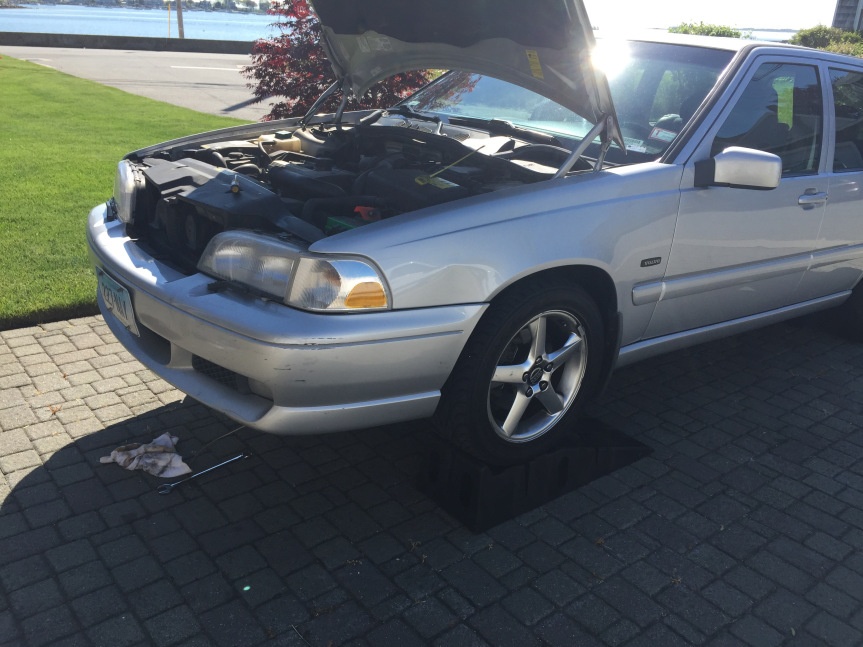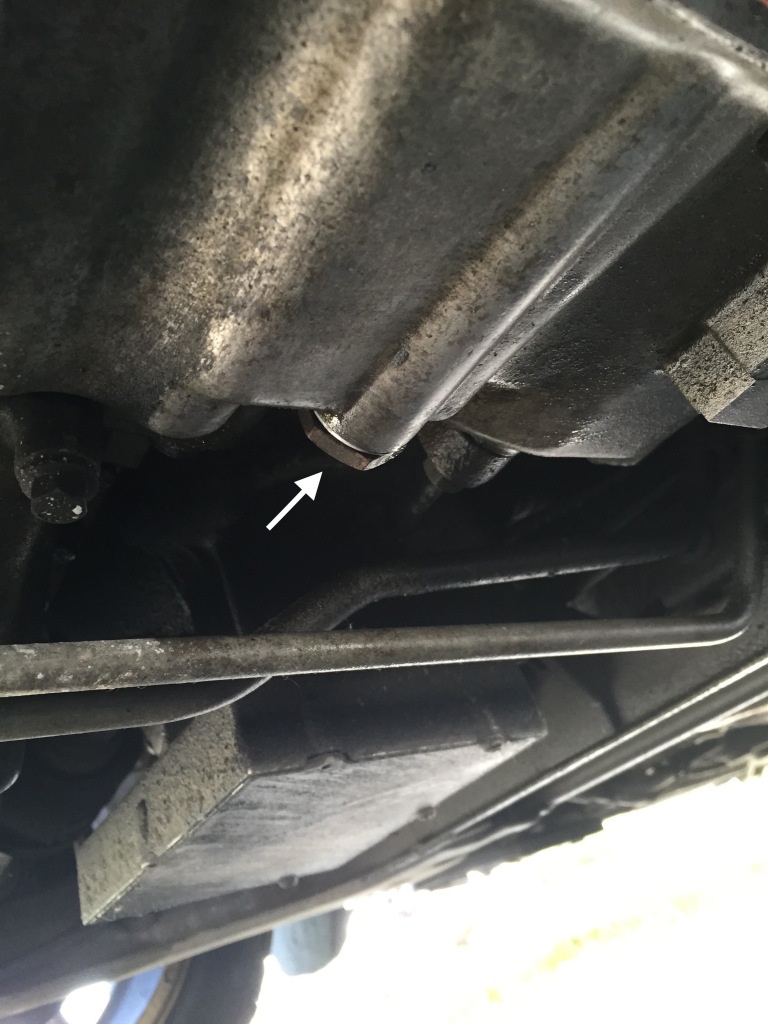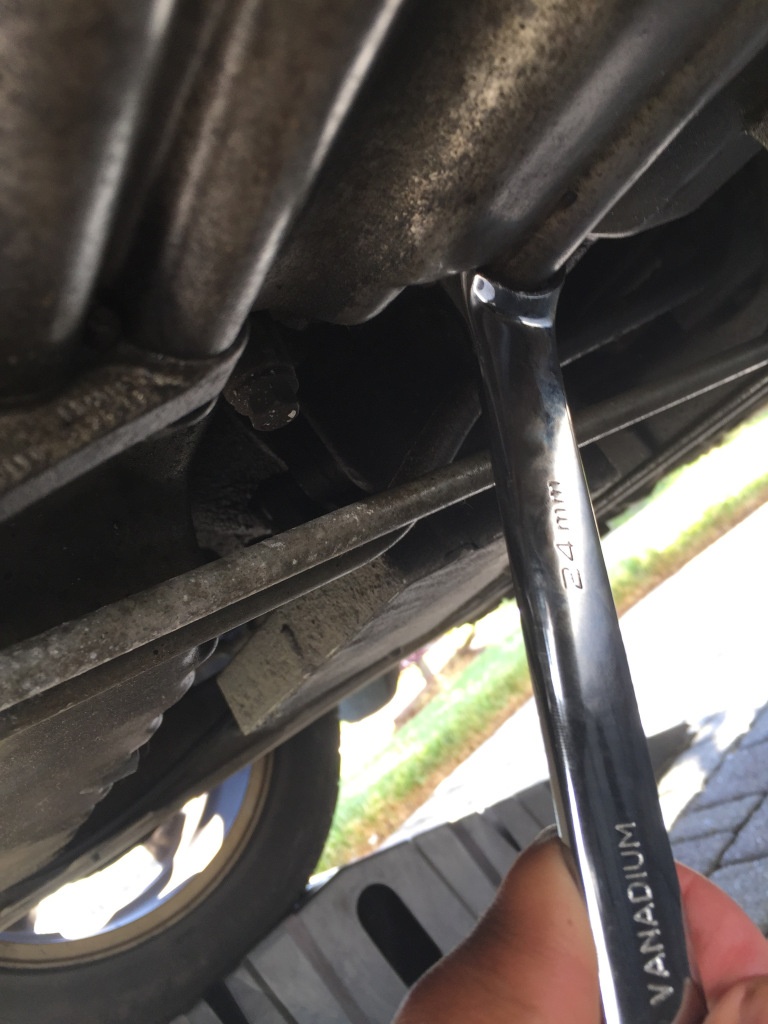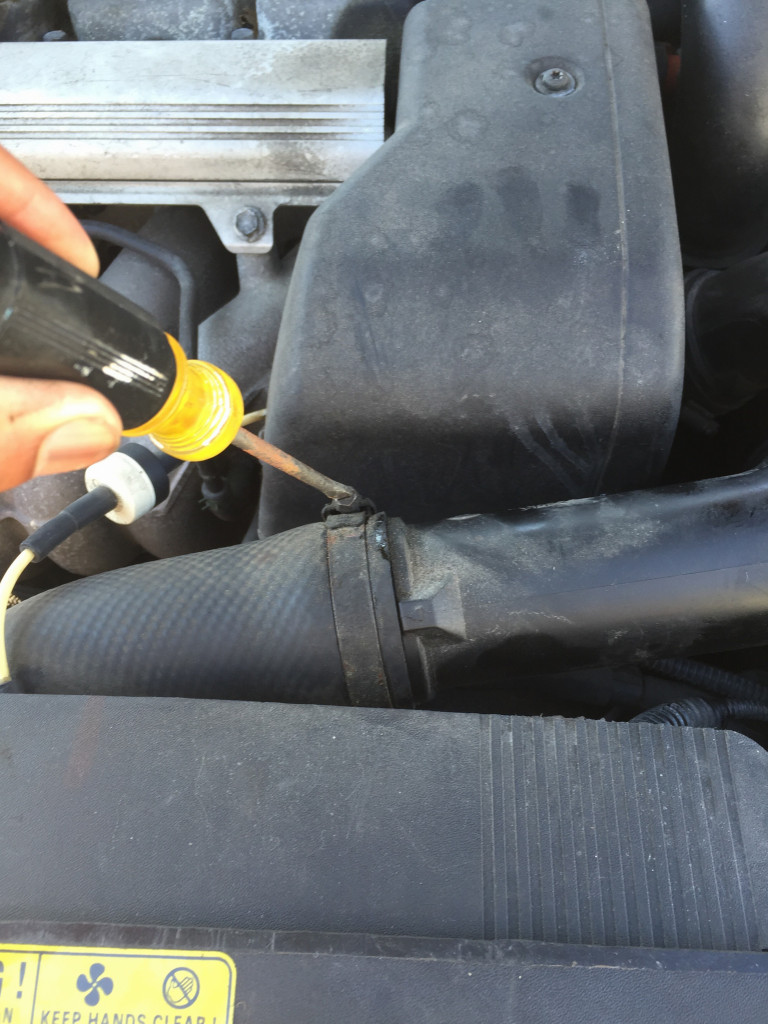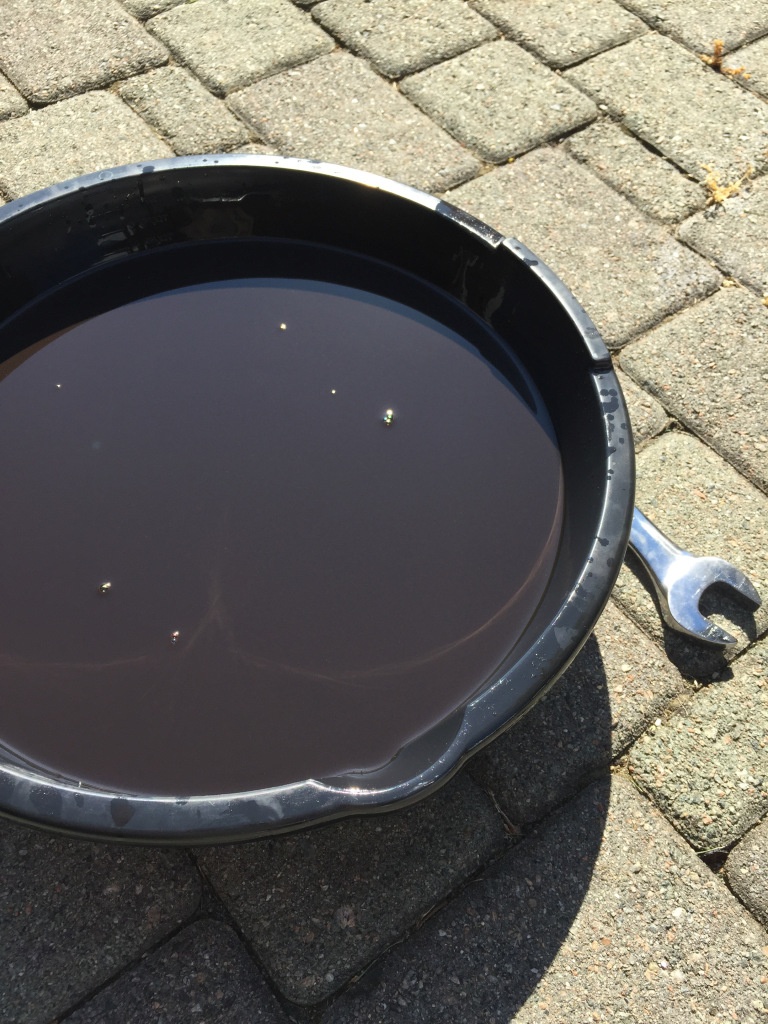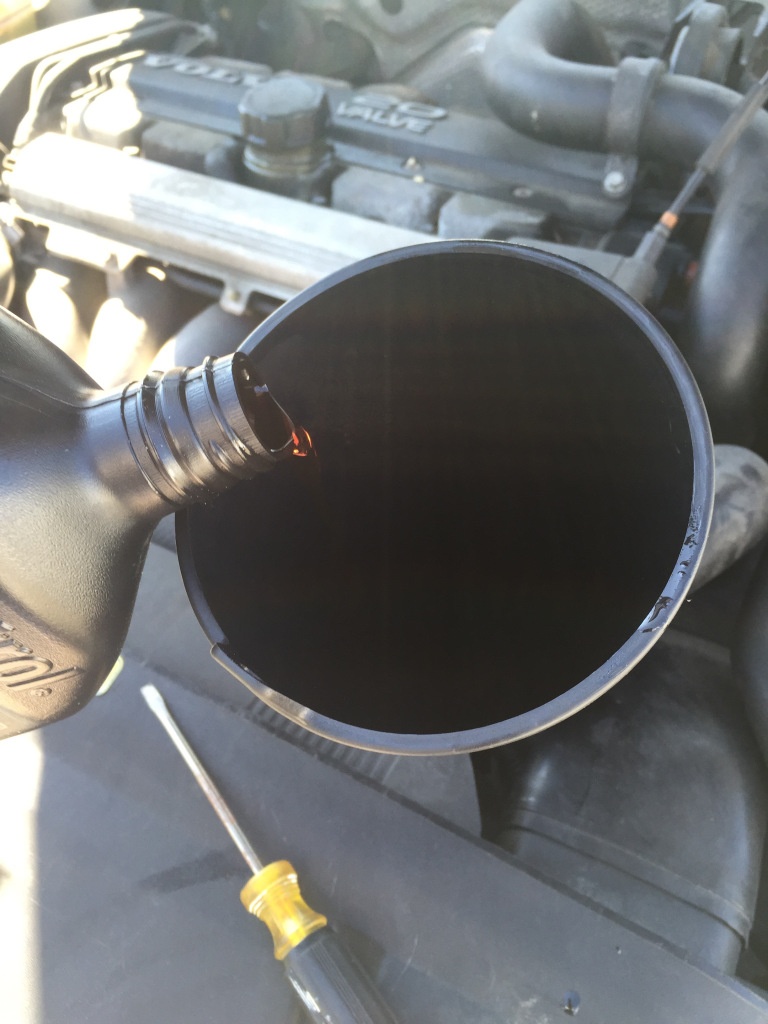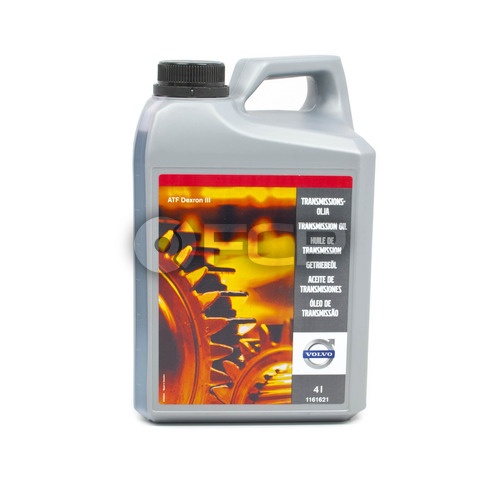- 06/01/2015
- 3 Min Read
- By: Noah Jenkins
How and When to do a "Drain and Fill" Transmission Fluid Change (P80 Volvo)
It is no secret that automatic transmissions can be more problematic than manuals. The P80 Volvo V70R models, which came to the US from 1998 - 2000, only came with automatic transmissions. The 1998 used a 4-Speed (Aisin-Warner AW50-42) where as the later years used a 5-Speed (AW55-5X, also made by Aisin-Warner). Its hard to say exactly what causes automatic transmissions to fail despite the owner's intentions to maintain it (or not). Our "beater" Volvo 850 in my family has well over 300k on it and we have not touched the fluid since we have owned it and I'm certain the previous owner didn't as well. However, it shifts fine, never hunts, hesitates or slips during its operation. On the contrary, I've read situations of well maintained automatics failing completely, leaving an owner who, thinking they were doing all the right things, scratching their head.
Automatics are also often getting neglected due to manufactures advertising ATF as lifetime, perhaps they assume the life of the vehicle to be that of the auto transmission?
Drain and Fill vs. Flush
When doing a transmission fluid flush, the concept is to get all of the old fluid out at once and simply replace it with new fluid. With a drain and fill, you are only removing about half of the fluid from the transmission via the drain bolt, replacing it, and then adding the same amount of new fluid that came out. Then, drive the car for a day or two, drain the fluid again, and replace with new fluid. The idea here is that you're weening the car off the old fluid. A drain and fill style service will be initially expensive if you decide to do all your changes in succession over a week as you will need to buy more ATF than the car actually takes.
Many people go by a "if it ain't broke, don't fix it" mentality when it comes to automatic transmissions and I do not blame them. Flushing the old fluid out of a trans. is something I ONLY recommend on a car with less than 100k miles unless the maintenance history of the autobox is known. After that, using the described "drain and fill" method would be a better choice IF you decide to touch it. On my S70 with, 240k miles on its original transmission and an unknown trans maintenance history, I opted to leave it alone. The risk was not worth it at that mileage. The car shifted fine with no issues. However, prior to taking delivery of a 98 V70R, I noticed that when the transmission was cold, the were slight hesitations between shifts. The car has 155k on it and I opted to do a "drain and fill" of the fluid...a maintenance move that has since paid off! 200 miles later, the car shifts better than ever and there is no more harsh engagement of reverse.
How to
The process is fairly straight forward and self explanatory. This is something that can be done in about 20 minutes.
You will need:
- Jack & Jack stands or Ramps
- 24mm Box End Wrench or Socket
- Catch pan that can hold about 5 Quarts
- Long funnel with a narrow end
- 7mm socket or flathead screwdriver (only if car is turbocharged, to release the intercooler hose clamp)
- Automatic Transmission Fluid (Research what kind your vehicle requires, my 98 V70R used DEX-III type fluid, 5spd units require ATF 3309). You will need about 7 quarts to do two drain and fills as I did.
- This is optional: Drain plug washer (same as oil drain plug)
Begin by supporting the car with your jack and jack stands safely or getting your car up onto ramps. Be sure to set your parking brake!
Using a 24mm box end wrench or socket, break loose the transmission drain plug (see white arrow). Mine did not seem to be torqued to a very high value and came loose easily. Get your catch pan ready to get the old fluid as you slowly back off the plug. **Note: if you did not purchase a new drain plug washer, be careful to hold onto it as you remove the plug, otherwise, you'll be fishing for it in the catch pan full of old fluid.**
In the meantime, while the fluid is draining, loosen the upper intercooler hose clamp with either a 7mm socket or flathead screwdriver. Remove the hose from the intercooler and rotate it a little at the throttle body connection. This will give you room to get the funnel to the dipstick. If your car is not a turbo, you'll have clear access to the transmission dipstick. Also, clean your drain plug with a rag, its magnetic to attract any metal.
Once the drain process as slowed to essentially a drip, replace the drain plug with preferably a new washer. DO NOT over tighten this bolt. Get it snug with your wrench or socket. If you prefer, look up the specific torque value for the bolt.
Place the funnel into the top of the dipstick tube and hold it firmly in place to ensure it seats in there. Pour the new fluid in slowly. The opening is narrow and can only take so much. Only pour in as much fluid as what came out. In my case, about 3.5 quarts came out, as marked on my catch pan. If you are unsure or want a precise amount, pour the old fluid into container with measurements on it. An old coolant bottle (which I know you have around :) ) would work well!
Once the displaced fluid has been replaced, put your dipstick back in and attach the intercooler hose, if applicable.
Start the car and drive it for about 8-10 miles. Return to a level surface and stop. Shift the car through all its positions a few times and, with the engine running, check the fluid level. Add if necessary.
I drove the car for two days and then did another drain and fill of the fluid. You may need to do a few to finally replace all the fluid. The idea is, each time you do it, you're weening the transmission off the old fluid to prevent the problems that may occur if it was flushed.
About the Author: Noah Jenkins
 Noah Jenkins is attending the University of Connecticut studying Electrical Engineering. He’s been around Volvos since birth and currently drives and maintains a 1998 S70. His knowledge and interest in European vehicles expands to BMW, Audi, and Land Rover as well.
Noah Jenkins is attending the University of Connecticut studying Electrical Engineering. He’s been around Volvos since birth and currently drives and maintains a 1998 S70. His knowledge and interest in European vehicles expands to BMW, Audi, and Land Rover as well.

